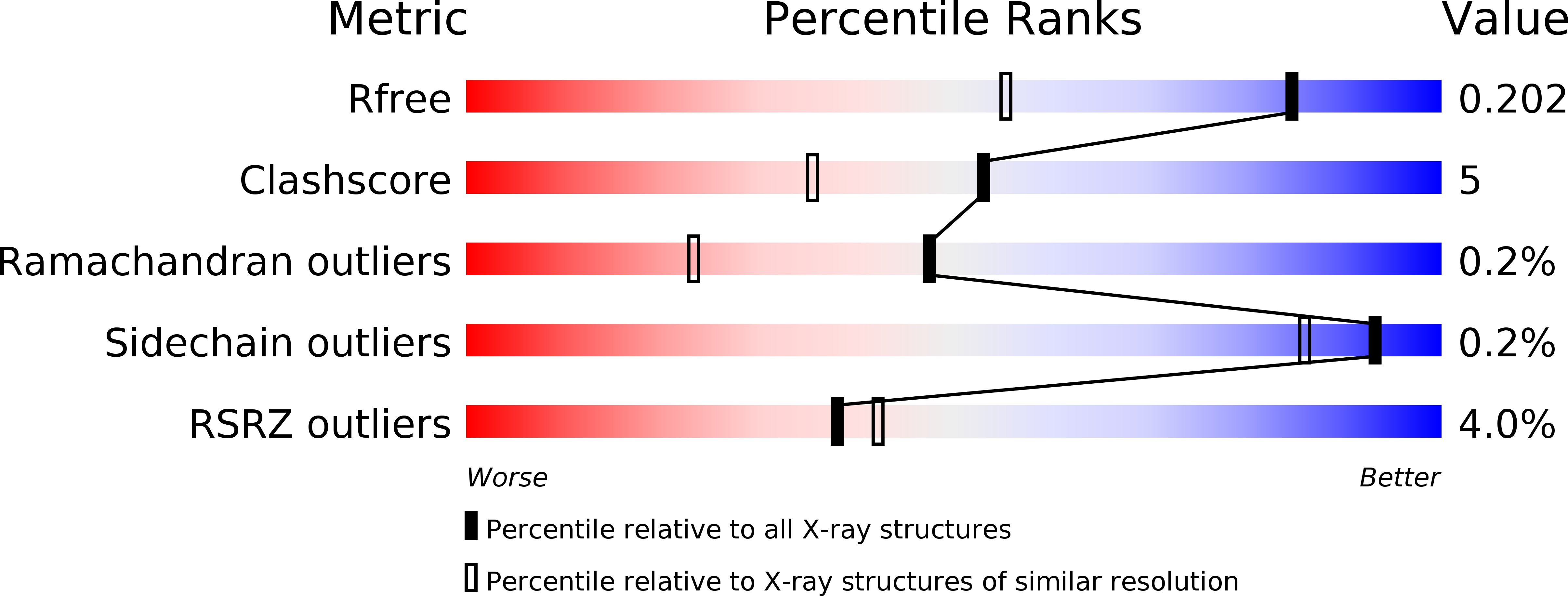
Deposition Date
2008-03-14
Release Date
2008-04-01
Last Version Date
2024-11-13
Entry Detail
Biological Source:
Source Organism:
Bacteroides thetaiotaomicron (Taxon ID: 226186)
Host Organism:
Method Details:
Experimental Method:
Resolution:
1.50 Å
R-Value Free:
0.21
R-Value Work:
0.19
R-Value Observed:
0.19
Space Group:
P 1


